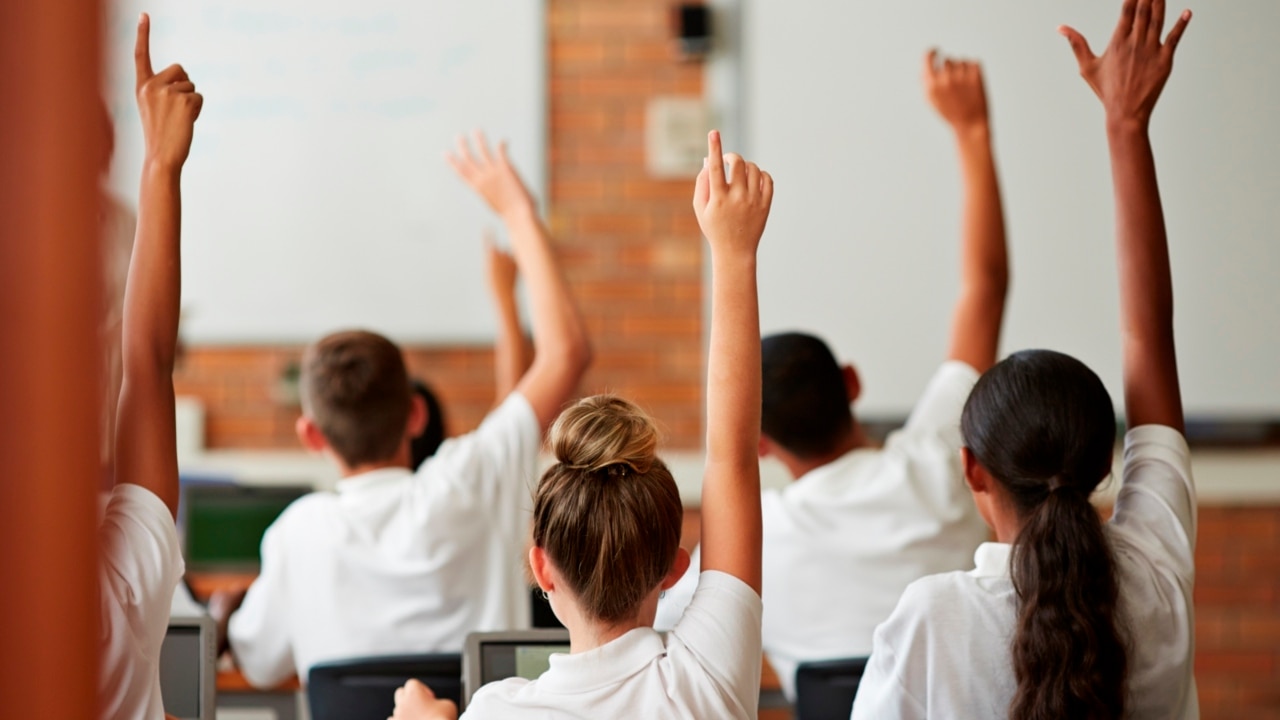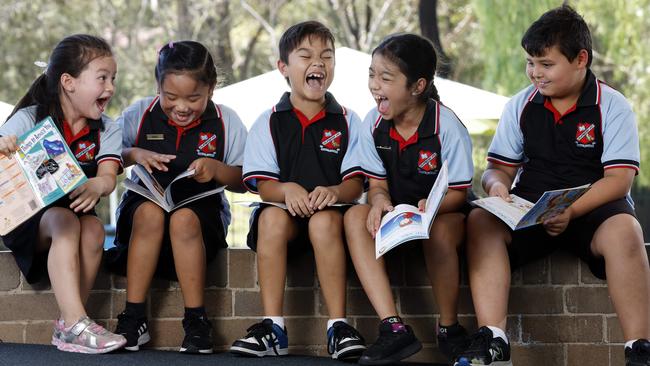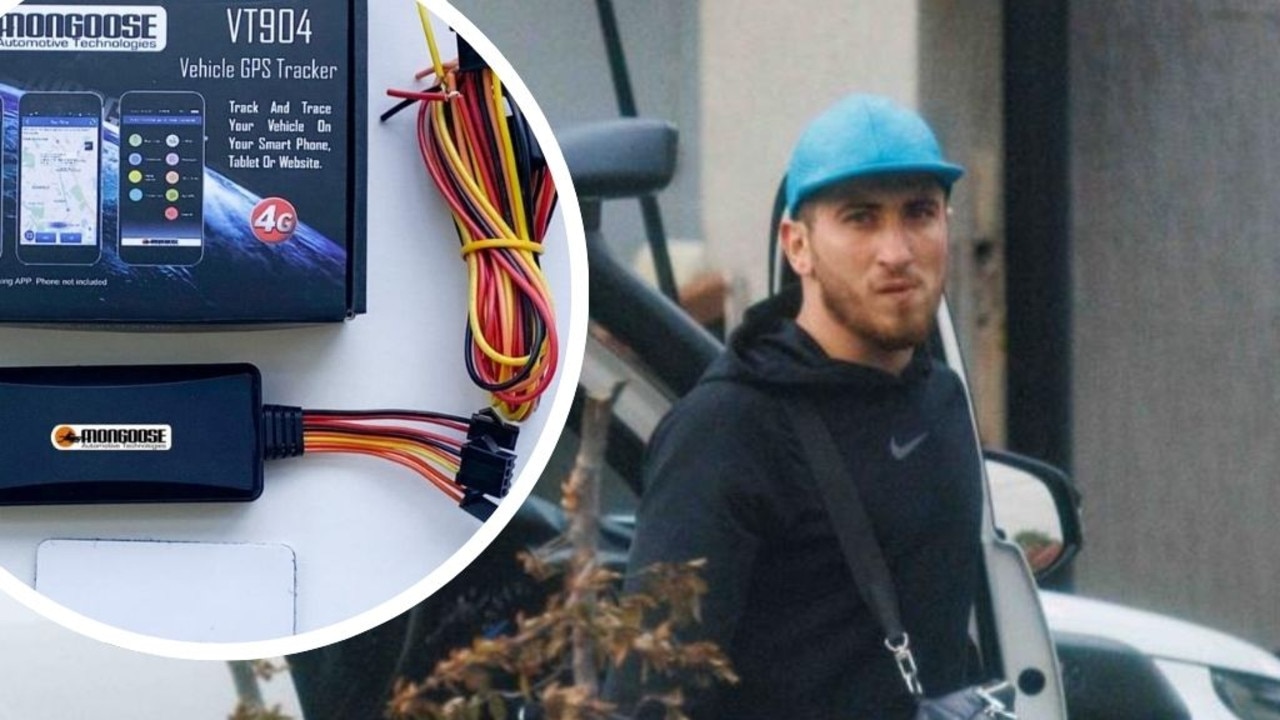Phonics revolution lifting NSW reading outcomes
Three years after introducing the controversial phonics test to combat, NSW reading outcomes are finally lifting – and it’s thanks to some of the most disadvantaged schools.

NSW
Don't miss out on the headlines from NSW. Followed categories will be added to My News.
At Claymore Public School, in Western Sydney, kids will go months before they pick up a book – yet they are reading better than ever.
Three years after the state introduced the controversial phonics test to combat the state’s reading crisis, NSW reading outcomes are finally lifting – and it’s all thanks to some of the state’s most disadvantaged schools.
Each year, year 1 students in public schools sit a mandatory 40-question phonics assessment, where they are tested on their ability to blend and sound out letters and combinations.
The test, which often uses fake words, is designed to evaluate a student’s ability to sound out and decode words, rather than simply memorise and guess words based on contextual clues and pictures.
New results from the 2023 test, released exclusively to The Sunday Telegraph, show 59 per cent of students are meeting the expected threshold, a four per cent rise from 55 per cent in 2022.

The percentage of Aboriginal students that met or exceeded the expected achievement score increased from 30 per cent to 35 per cent in 2023.
While the overall results show there’s more work to be done, some of the state’s most disadvantaged schools are recording impressive results.
At Claymore Public School, 69 per cent of students reached or exceeded the threshold, compared with 16 per cent in 2021 – a 53 per cent improvement in two years.
According to assistant principal Amy Robinson, the school has thrown itself into the phonics program.
Here, children will rarely touch a picture book when first learning to read, instead using oral game-based activities to learn the foundations of reading.
“Traditionally we’d get children reading books as quickly as we could. Whereas now we do a lot of whole class activities, jumping through hula hoops, and clapping how many words we can hear in a sentence,” she said.
“Our teachers don’t pick up a book now with kindergarten until they are ready to access that. We start with doing some whole class activities when we introduce all of the letters and the sounds.”
Other schools making gains include Karuah Public School, near Port Stephens, where 94 per cent of students reached the threshold this year, almost double its 2021 result.
Remote Cobar Public School almost tripled its number of students reaching the threshold this year, from 22 per cent in 2021 to 64 per cent in 2023.
Guise Public School in southwest Sydney more than doubled its 2021 result of 32 per cent, with 77 per cent of students reaching the threshold this year.
Education Minister Prue Car said: “I am heartened to see these improvements, particularly those from our more vulnerable communities”.





